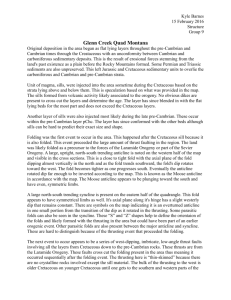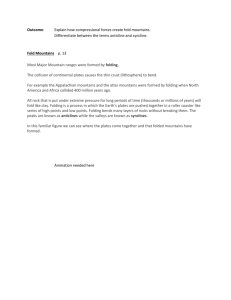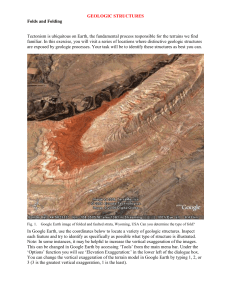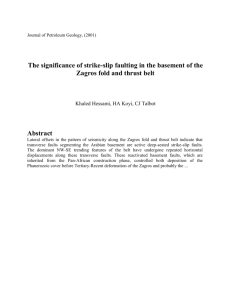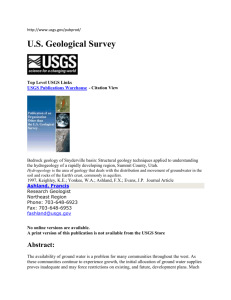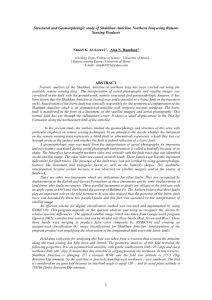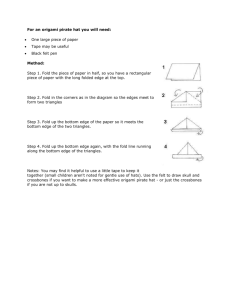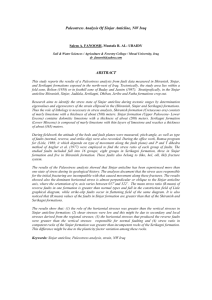Abstract
advertisement
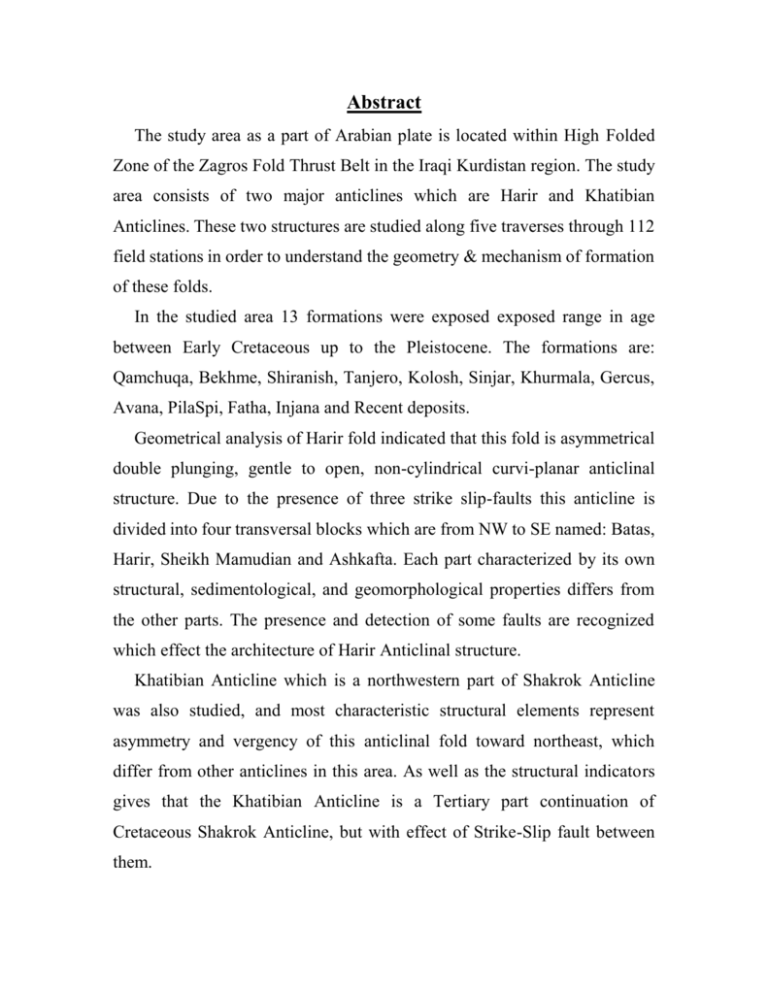
Abstract The study area as a part of Arabian plate is located within High Folded Zone of the Zagros Fold Thrust Belt in the Iraqi Kurdistan region. The study area consists of two major anticlines which are Harir and Khatibian Anticlines. These two structures are studied along five traverses through 112 field stations in order to understand the geometry & mechanism of formation of these folds. In the studied area 13 formations were exposed exposed range in age between Early Cretaceous up to the Pleistocene. The formations are: Qamchuqa, Bekhme, Shiranish, Tanjero, Kolosh, Sinjar, Khurmala, Gercus, Avana, PilaSpi, Fatha, Injana and Recent deposits. Geometrical analysis of Harir fold indicated that this fold is asymmetrical double plunging, gentle to open, non-cylindrical curvi-planar anticlinal structure. Due to the presence of three strike slip-faults this anticline is divided into four transversal blocks which are from NW to SE named: Batas, Harir, Sheikh Mamudian and Ashkafta. Each part characterized by its own structural, sedimentological, and geomorphological properties differs from the other parts. The presence and detection of some faults are recognized which effect the architecture of Harir Anticlinal structure. Khatibian Anticline which is a northwestern part of Shakrok Anticline was also studied, and most characteristic structural elements represent asymmetry and vergency of this anticlinal fold toward northeast, which differ from other anticlines in this area. As well as the structural indicators gives that the Khatibian Anticline is a Tertiary part continuation of Cretaceous Shakrok Anticline, but with effect of Strike-Slip fault between them. The analysis of the auto-extracted lineaments from Landsat ETM+ show two main trends (NE-SW & NW-SE) which is coincident with the main tectonic stresses in the area. Detailed balanced and retrodeformable cross sections in the studied area reveal the shortening increase gradually from northwest toward the middle and southeastern part of Harir Anticline, which are 6.76%, 14.30% and 14.31% respectively, while the total shortening vertically due to time decrease from up to down in different geological times: Tertiary, Cretaceous, Jurassic, Triassic and Upper Paleozoic (14.81%, 10.29%, 9.76%, 9.67%, and 8.55%) respectively. The depth to detachment has been calculated as ranging between 8 and 12 km. this depth supposed to be coincident with Upper Paleozoic Ora shale Formation. Structural model is proposed to the study area through two mechanisms, one is the occurring slipping along detachment surface and second mechanism is the Effect of the strike-slip faults (Tear faults) on Harir structure.

